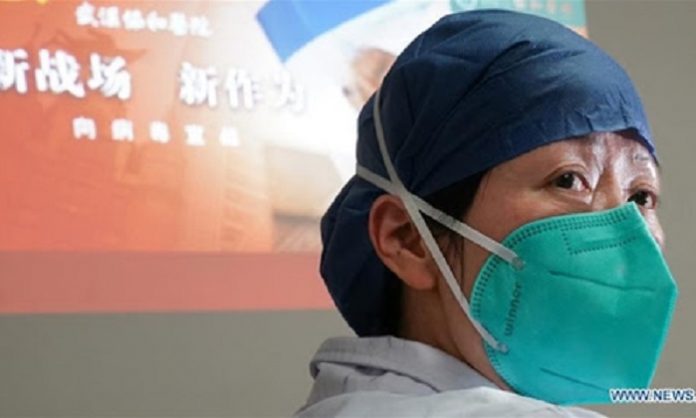THE Chinese virologist at the centre of the coronavirus outbreak mystery has warned the pandemic is just “the tip of the iceberg.”
Shi Zhengli – dubbed China’s “bat woman” for her research on coronaviruses in the mammals – told state broadcaster CGTN on Monday those studies had “enabled us to understand the cause of the unknown pneumonia in the shortest time” after the first cases emerged in Wuhan late last year.
Days after samples were obtained on December 30, the team sequenced them and isolated the pathogen, believing it to be a new type of coronavirus, said Shi, director of the Centre for Emerging Infectious Diseases at the Chinese Academy of Sciences’ Wuhan Institute of Virology.
They proved the strain they had isolated was causing the mystery illness by conducting experiments on transgenic mice and rhesus monkeys in early February, simulating the pneumonia symptoms experienced by humans with Covid-19, the disease caused by the virus.
Shi said 15 years of research and molecular biology experiments looking at whether coronaviruses carried by bats had the potential to jump species had given them the experience and technical solutions needed when the outbreak began.
“For example, our nucleic acid and antibody detection methods, and the virus isolation technologies – all of these took a lot of time to fully explore [but gave us the ability to] identify the pathogen once we had a sample,” she said.
Shi has spent years researching bat coronaviruses at her lab at the institute. After searching caves around the country for samples, Shi and her team identified the natural bat reservoir for the severe acute respiratory syndrome (Sars) pathogen that spread in southern China from 2002 to 2003.
The origin of the new coronavirus, Sars-CoV-2, remains unknown – scientists believe it most likely spread to humans from animals, perhaps a bat. But given the Wuhan location of her high-security laboratory, which handles the most deadly pathogens, Shi found herself at the centre of conspiracy theories that the new virus had been engineered, or that it had escaped from the lab.
As the virus spread around the world, the theories swirled online before US President Donald Trump and Secretary of State Mike Pompeo both claimed there was evidence the pathogen had come from the Wuhan institute, without providing any evidence. The institute has repeatedly denied such claims, and Beijing has said finding the origin of the virus was a scientific issue and accused the US of politicising the pandemic.
Wang Yanyi, director of the Wuhan Institute of Virology, appeared on CGTN on Sunday, saying the lab held just three live coronavirus strains from bats, and their highest similarity to Sars-CoV-2 was only 79.8 per cent.








